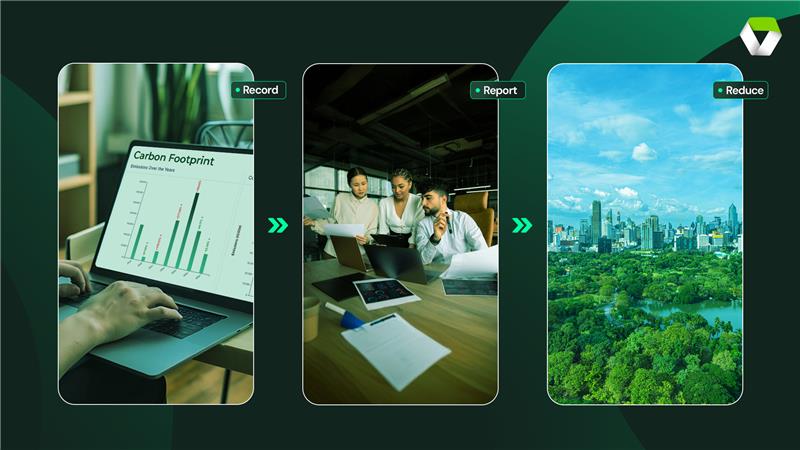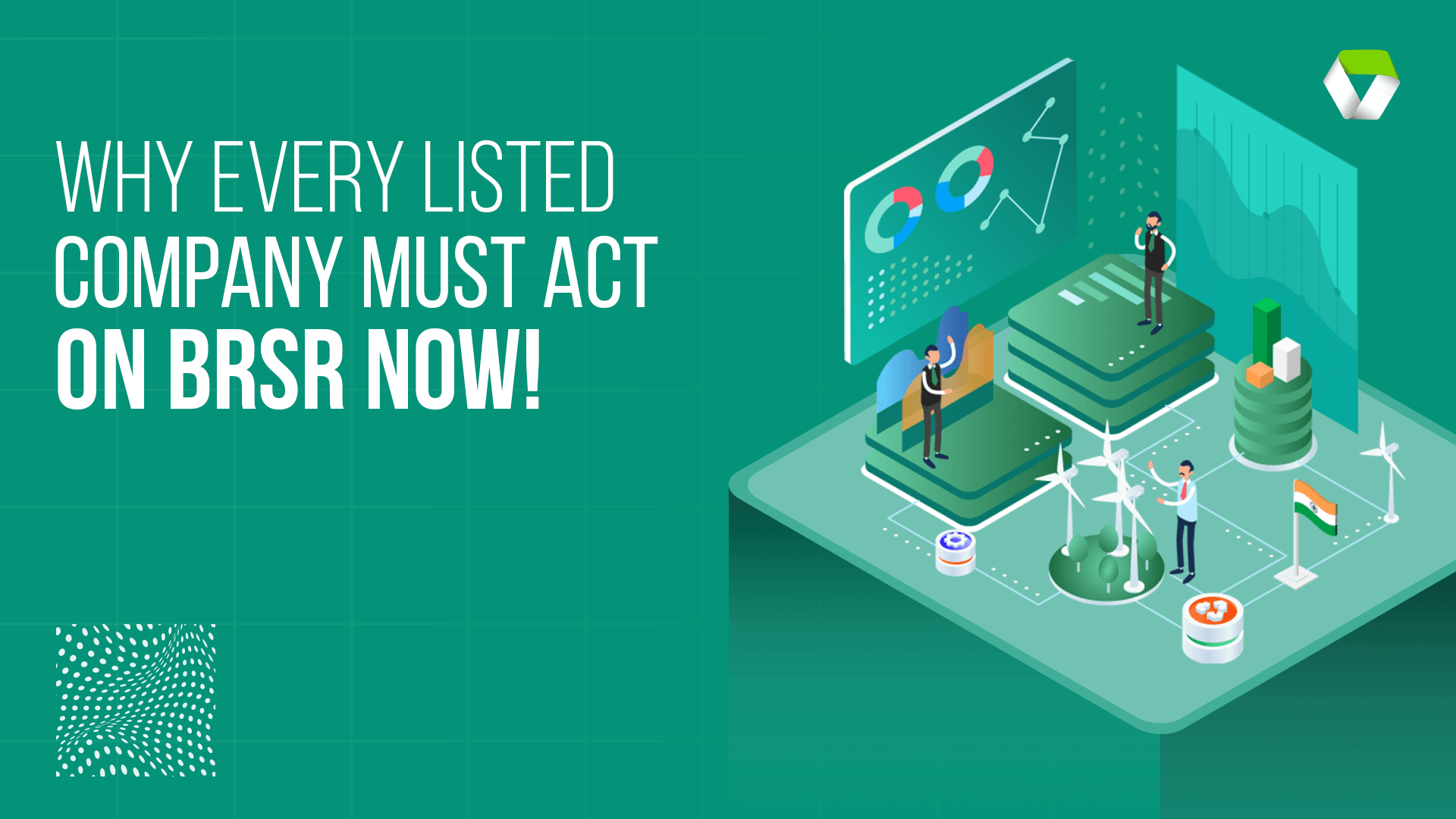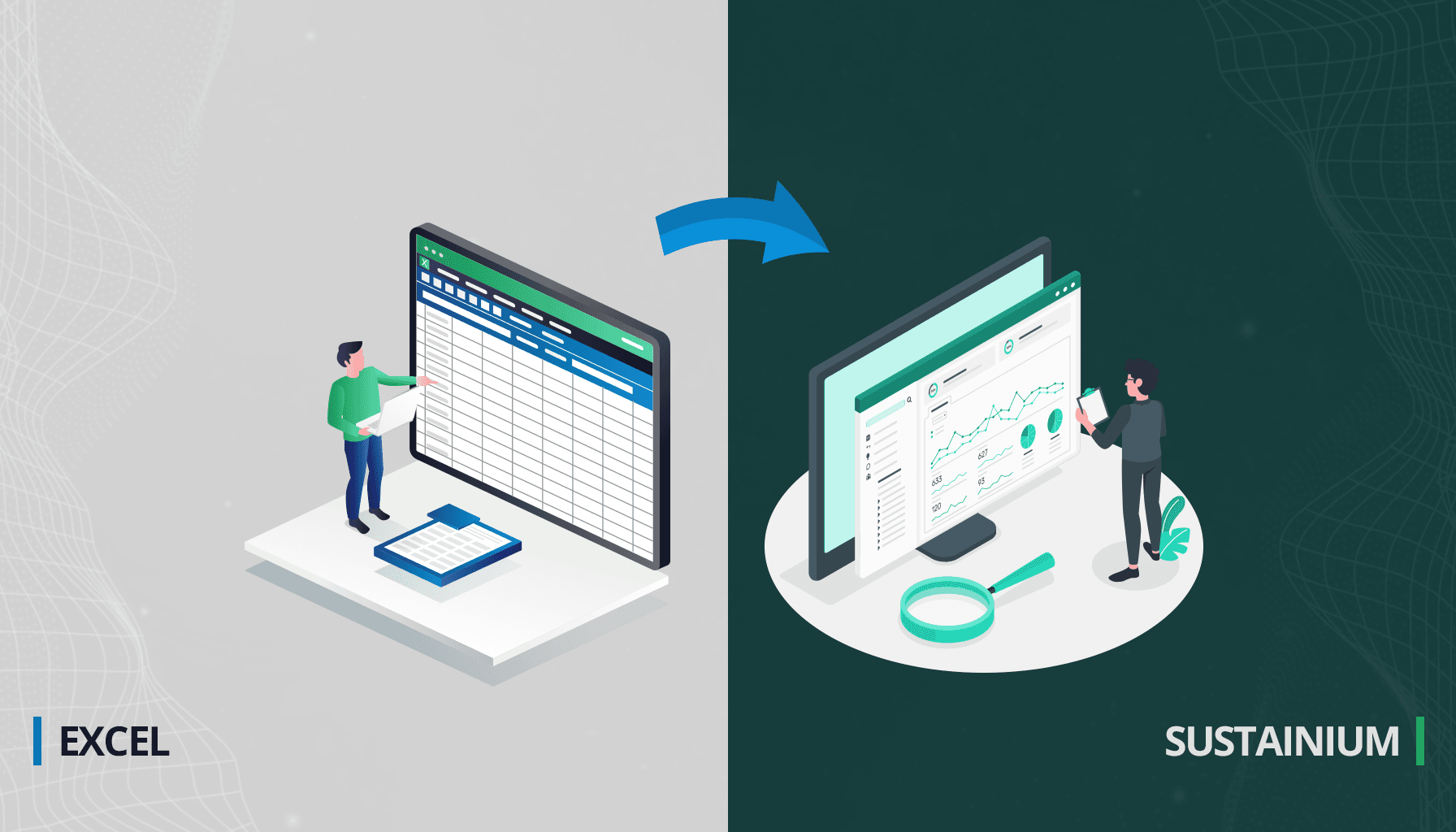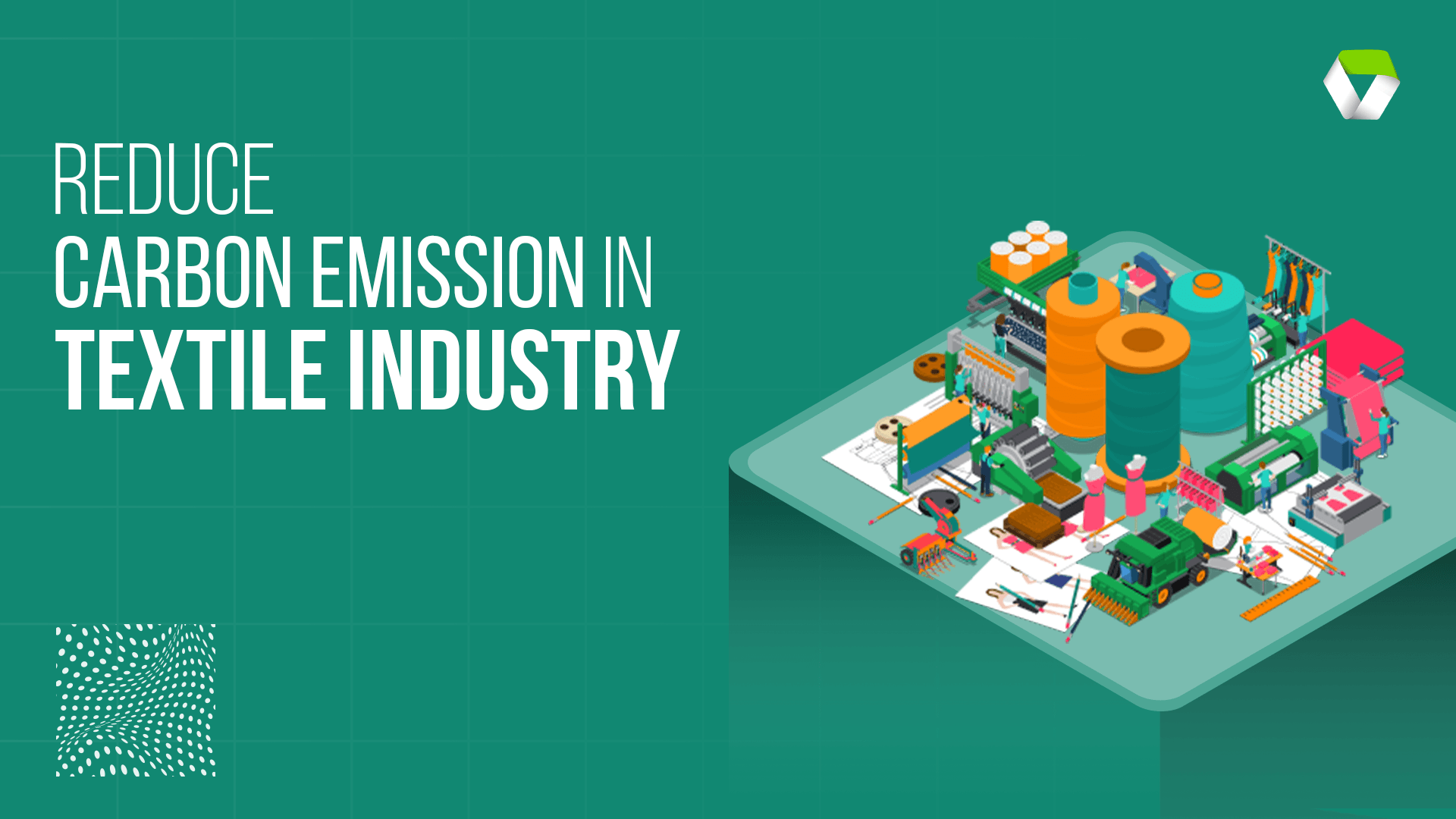Navigating Sustainability: Practical Methodologies for Emission Measurements in SMBs

For Small and Medium-Sized Businesses (SMBs), the path to sustainability is like nurturing a garden; it's essential but complex. Beyond just knowing what pollutants are present, these businesses must cultivate precise and adaptable methods to measure their environmental footprint accurately. This post digs into straightforward strategies that empower SMBs to assess and manage their environmental impact more effectively.
The SMB Advantage: Simplifying Emission Measurements
Although SMBs may lack the extensive resources of larger corporations, their agility can be a distinct advantage. This agility facilitates the adoption of practical and cost-effective methodologies for quantifying emissions, making sustainability an attainable goal rather than a daunting task.
Making use of the internationally recognized GHG reporting standard
SMBs can make use of internationally recognized GHG reporting standards or guidelines such as the Greenhouse Gas (GHG) Protocol Corporate Standard which provides a clear way to measure and report emissions, recognized around the world. It makes the detailed task of carbon footprint (GHG) accounting simpler; allowing businesses of all sizes to take real steps toward being more sustainable.
How Sustainium facilitates the implementation of guidelines such as GHG Protocol Corporate Standard for SMBs
Comprehensive Scope Coverage:
- Direct Emissions (Scope 1): This includes emissions from resources the organization owns or controls directly, like burning fuel on organization properties or in the organization-owned vehicles, fugitive emissions, and other process emissions within the direct control or ownership.
- Indirect Emissions from Purchased Energy (Scope 2): This covers emissions from the purchased energy such as electricity, steam, heating, and cooling the organization uses.
- Value Chain Emissions (Scope 3): This involves all other indirect emissions that occur within the organization’s value chain.
Each scope brings its own set of challenges and chances for SMBs, and Sustainium gives specific tools and advice to handle and report these effectively.
Adaptable Reporting:
Sustainium provides a flexible platform that lets SMBs tailor their emission reporting to fit their current capabilities, business, and reporting needs. This flexibility means companies can start with what they can manage now and grow their reporting as their sustainable practices develop.
The platform fits smoothly with existing business processes, making it a more integral part of everyday business activities rather than a separate task or project.
Operational Control and Practical Boundaries:
SMBs usually have more direct control over their operations than bigger companies. This control is a big plus. It lets these businesses set practical limits and focus their efforts where they can make the most impact.
Application for SMBs
With Sustainium, we help SMBs use their operational strengths for better sustainability results. Here’s how:
Focus on Essentials:
- Targeted Measurement Areas: We urge SMBs to focus their measurement on key operational areas and also the significant contributors within the value chain.
- Sustainium Tools and Insights: Our platform gives specialized tools that offer real-time insights into these important areas.
Cost-Effective Implementation:
- Resource Optimization: By matching sustainability efforts with operational boundaries, SMBs can use their resources more wisely.
- Practical Tools for Smarter Budgeting: Sustainium’s platform helps SMBs set up and implement practical and cost-effective sustainability solutions. Our tools help businesses find ways to save money and cut down on environmental impacts, like managing energy better or reducing consumption of GHG emission-intensive products or processes.
Strategic Integration with Business Operations:
- Embedded Sustainability Practices: We assist in embedding sustainability into the core business processes. Whether upgrading to more efficient systems or starting waste reduction practices, these changes help meet sustainability goals and improve operations.
- Employee Engagement and Training: Sustainium provides necessary training to provide information and involve employees in implementing and incorporating the platform in their day-to-day functions.
Long-Term Planning and Adaptation:
- Adaptive Strategies Based on Performance Data: Our platform offers detailed analytics that help businesses see how well their sustainability strategies work.
- Future-Proofing Through Innovation: At Sustainium, we keep our offerings updated with the latest sustainable technologies and practices.
Benchmarking and Industry Standards: Learning from Peers
Benchmarking is a vital tool for SMBs looking to improve their sustainability. By comparing their emissions to those of similar businesses or their own internal benchmarks, SMBs learn about their environmental impact and compare GHG performance by giving them a starting point to measure their progress. We help by providing the necessary tools and support to make benchmarking both; insightful and useful.
Applications of Benchmarking for SMBs with Sustainium:
- Finding Strengths and Weaknesses: With Sustainium's advanced analytics, SMBs can spot where they do well and where they need to improve.
- Custom Insights: We provide tailored reports that highlight important metrics for your industry, making complex data easier to understand and act on.
Strategic Goal Setting:
- Setting Realistic Targets: Knowing industry norms and where your business fits within them is key to setting achievable sustainability goals.
- Aligning with Best Practices: Our platform not only shows where you stand but also how to match your practices with the best in the industry.
How Sustainium Supports SMBs in Benchmarking:
- Ease of Data Collection and Analysis: Our tools make gathering and analyzing complex emissions data easy. SMBs can track their performance over time and compare it to others without any need of any specialized analytical knowledge.
- Actionable Insights: We offer more than data; we provide tailored advice and suggestions specific to your business. This helps SMBs take effective steps toward reducing their carbon footprint.
- Community and Collaboration: Being part of the Sustainium platform means joining a community of businesses with similar goals. This community helps improve benchmarking by sharing best practices and encouraging cooperation.
Supplier Engagement
For many SMBs, more than 75% of emissions come not from their own operations but from their value chain (Scope 3 emissions). To address these emissions well, SMBs need to work together with their suppliers. Sustainium offers smart solutions to help SMBs work with their suppliers to account for GHGs within the value chain.
Strengthening Sustainability Through Supplier Engagement
Working with suppliers to understand and lower emissions is crucial. It’s not just about being responsible—it’s a smart move that improves sustainability and how the business runs.
Application for SMBs:
Communication and Collaboration:
- Shared Goals: Sustainium helps SMBs tell their suppliers clearly what their sustainability goals are.
- Collaborative Efforts: Our platform lets SMBs and their suppliers work closely to create and carry out plans that effectively reduce emissions.
Value Chain Optimization:
- Efficiency Gains: Sustainium’s analytics tools help SMBs find and fix inefficiencies in the value chain that cause high emissions.
- Reduced Transportation Emissions: Sustainium assists in generating GHG data and analytics that help to make logistics and transport routes shorter and more efficient.
- Improved Sustainability Practices: Our platform guides suppliers on how to adopt sustainable practices, increasing the environmental benefits throughout the value chain.
How Sustainium Team Enhances Supplier Engagement
- Tailored Strategies: We know each SMB has different challenges. Sustainium offers customized solutions that fit specific business goals and value chain setups.
- Technology-Driven Insights: Our platform uses advanced analytics to clearly show the emissions based on the sources across the value chain.
- Continuous Improvement: Sustainability is a continuous effort. Sustainium provides tools for ongoing monitoring and reporting.
Implementing Emission Measurements: A Step-by-Step Guide for SMBs
- Start with a Baseline Assessment:
-Determine the primary sources of emissions within the organization.
-Utilize structured Sustainium for a comprehensive assessment. - Focus on Operational Control:
-Prioritize areas under direct SMB control.
-Key focus areas should include energy usage, on-site activities, transportation logistics, and other significant indirect emissions in the value chain. - Leverage Industry Benchmarks:
-Investigate benchmarks to gauge emission standards within the industry.
-Set realistic goals based on these benchmarks to guide emission reduction strategies. - Engage Suppliers Collaboratively:
-Establish clear communication of sustainability objectives with suppliers.
-Work together to identify and implement effective emission reduction strategies within the value chain. - Regular Monitoring and Adjustment:
-Develop a system for ongoing monitoring of emissions.
-Continuously adjust strategies based on collected data to enhance environmental performance.
Pro Tip: If you want to get real-world examples of carbon footprint analysis for SMBs, read our blog: Blog - Sustainium, and know how we can help you more.
Practical Pathways to Sustainable Practices
SMBs are like young saplings in a vast forest, growing strong by adopting practical measures for tracking emissions. With tools like Sustainium developed by taking into consideration some of the recognized international GHG quantification and reporting guidances, such as GHG Protocol corporate standard, ISO 14064, etc., they root deeply into operational control, branch out through benchmarking, and flourish by nurturing partnership with supplier and others in the value chain. These actions not only help to improve our planet’s ecosystem but also carve a niche for SMBs as eco-conscious leaders in the market.
For more insights, check out our blog on starting with GHG emissions software: Embarking on a Green Journey, and get help from your own Sustanium as a partner by Contacting us here.






